“Connectomes” among species provide chip-design inspiration.
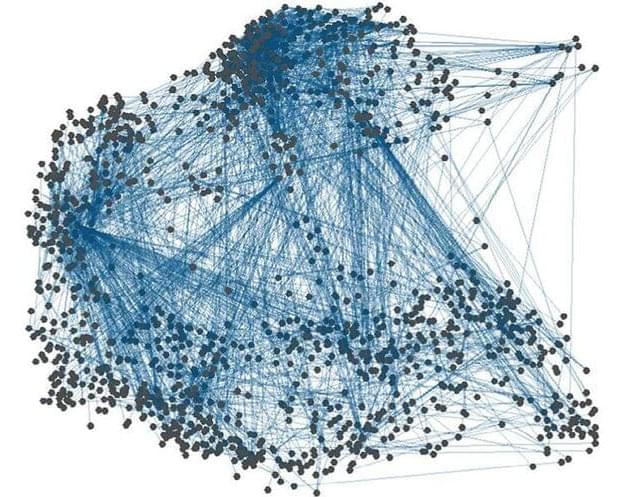

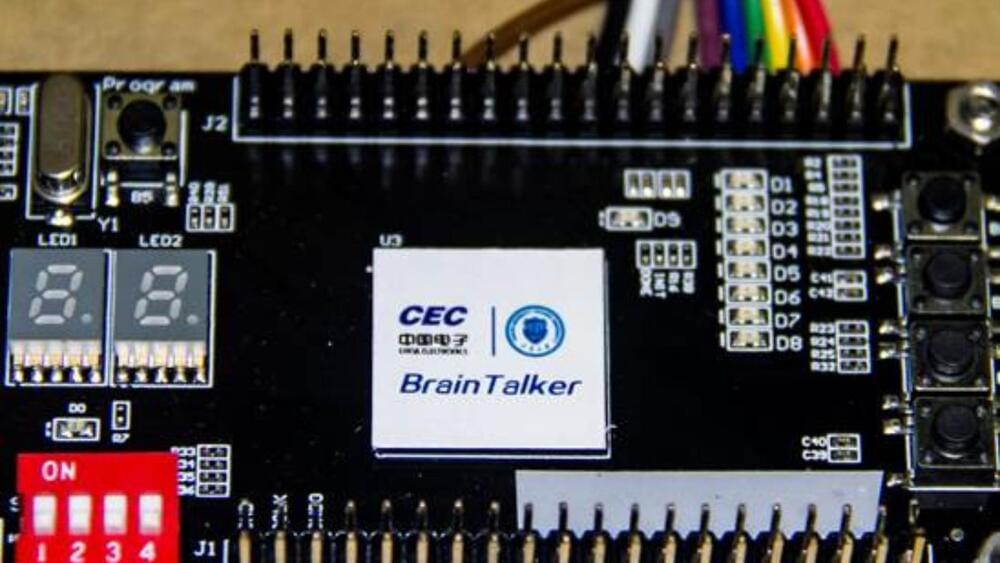
The recently published tech policy document by the Ministry of Industry and Information Technology reflects their dedication to fostering innovation and development in future industries. The roadmap emphasizes the importance of forward-looking planning, policy guidance, and cultivating new quality productive forces to support the country’s aspirations for global technological leadership.
The race for supremacy in brain-computer interfaces intensifies as the world watches China’s technological journey unfold. With Neuralink marking its milestones, China’s bold ambitions signal a new era of competition in the ever-evolving landscape of cutting-edge technologies.
The question now is not just about who will lead the race but what groundbreaking innovations lie ahead for humanity.


I believe that the nanotransfection using internal biocomputing will change psychiatric problems because it will physically repair problems with biocomputing rather chemical based computers. Also this could heal the software components aswell of the mind aswell.
Millions of Americans experience symptoms of a mental health condition each year, and the number of people seeking care is trending upward. While a mental health diagnosis may impact an individual’s daily life, it can also have a ripple effect across families, communities and even economies.
Here’s a closer look at the current state of mental health, including how many people experience mental health conditions and which populations are most at risk.

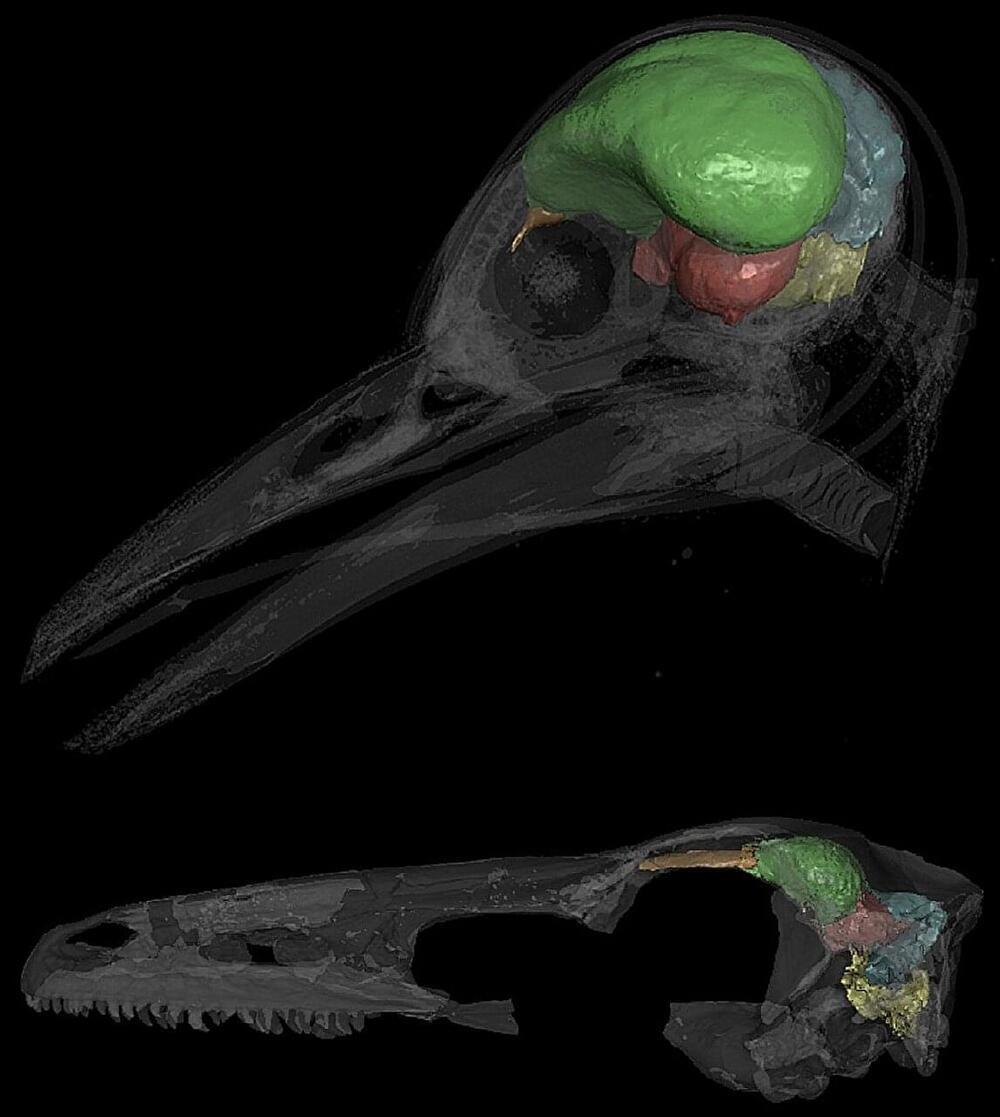
Evolutionary biologists at Johns Hopkins Medicine report they have combined PET scans of modern pigeons along with studies of dinosaur fossils to help answer an enduring question in biology: How did the brains of birds evolve to enable them to fly?
The answer, they say, appears to be an adaptive increase in the size of the cerebellum in some fossil vertebrates. The cerebellum is a brain region responsible for movement and motor control.
The research findings are published in the Jan. 31 issue of the Proceedings of the Royal Society B.
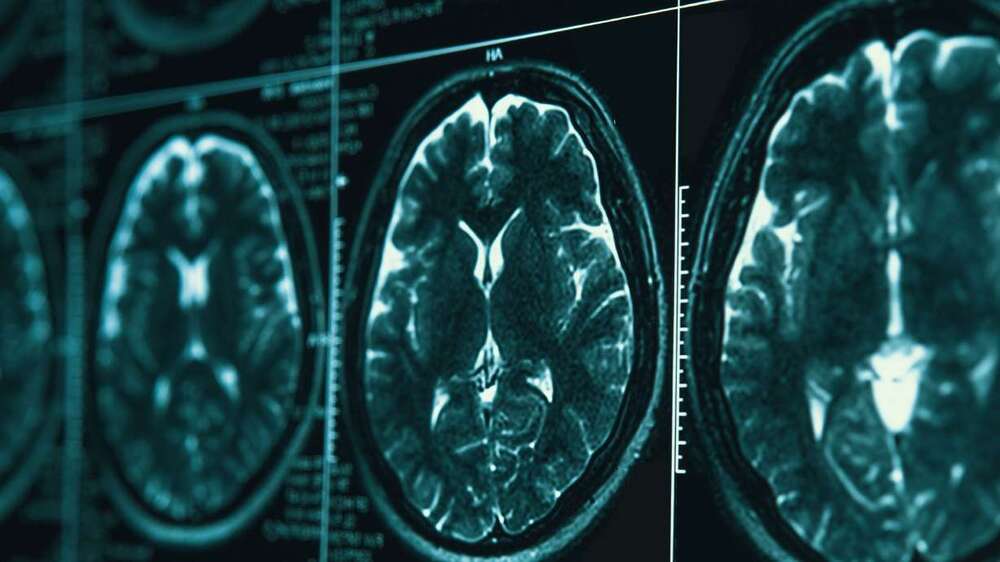
This is interesting. Who knew brain drain would be helpful? Haha it’s a different context but it’s medicinal in this sense. Amazing discovery!
Estimated read time: 2–3 minutes.
SALT LAKE CITY — Add this to the list of potential targets to treat Alzheimer’s and other neurodegenerative disorders: Researchers in South Korea have discovered a network of lymphatic vessels at the back of the nose that help drain cerebral spinal fluid from the brain.
According to Neuroscience News, the “groundbreaking” study, published in the journal Nature, reveals a previously unknown outflow path for the fluid, which could have implications for targeting neurodegenerative ills like Alzheimer’s and other dementias.
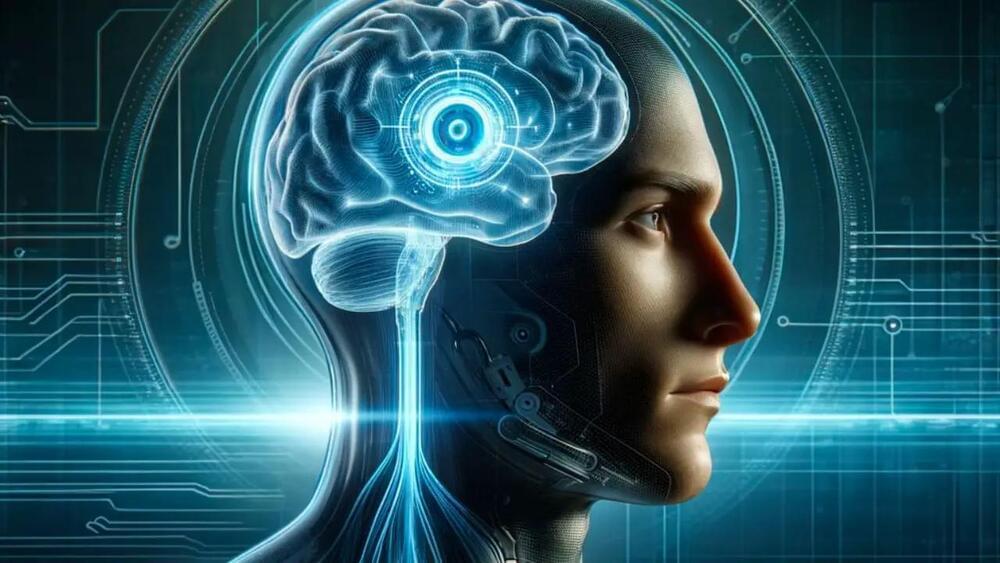

Engineers at MIT, Penn State University, and Carnegie Mellon University have devised a way to manipulate cells in three dimensions using sound waves. These “acoustic tweezers” could make possible 3D printing of cell structures for tissue engineering and other applications, the researchers say.
Designing tissue implants that can be used to treat human disease requires precisely recreating the natural tissue architecture, but so far it has proven difficult to develop a single method that can achieve that while keeping cells viable and functional.
“The results presented in this paper provide a unique pathway to manipulate biological cells accurately and in three dimensions, without the need for any invasive contact, tagging, or biochemical labeling,” says Subra Suresh, president of Carnegie Mellon and former dean of engineering at MIT. “This approach could lead to new possibilities for research and applications in such areas as regenerative medicine, neuroscience, tissue engineering, biomanufacturing, and cancer metastasis.”

Jan 29 (Reuters) — The first human patient has received an implant from brain-chip startup Neuralink on Sunday and is recovering well, the company’s billionaire founder Elon Musk said.
“Initial results show promising neuron spike detection,” Musk said in a post on the social media platform X on Monday.
Spikes are activity by neurons, which the National Institute of Health describes as cells that use electrical and chemical signals to send information around the brain and to the body.